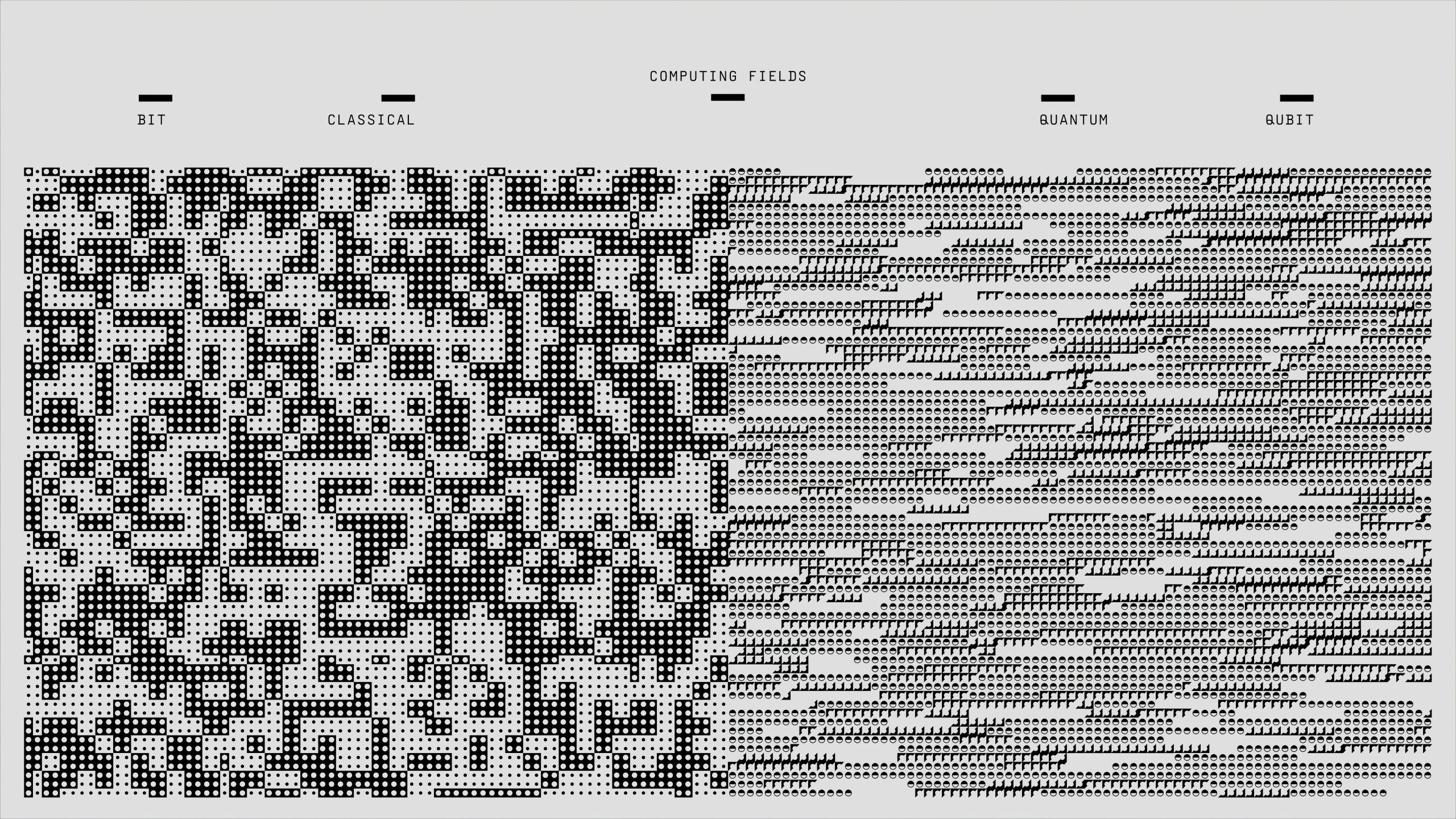The Death of Vibecoding: How I Built 250k Lines of Code in 4 Months With AI
Revolutionizing Software Development with AI: How I Constructed Over 250,000 Lines of Code in Four Months
In the rapidly evolving landscape of artificial intelligence-driven development, a paradigm shift is underway. Traditional approaches, which often involve passively accepting the outputs of large language models (LLMs), are giving way to a more strategic, architected methodology. This transition—from AI asking to AI architecting—has the potential to redefine how we build software, paving the way for developers with diverse backgrounds to produce reliable, scalable code at unprecedented speeds.
The Myth of the God-Prompt and the Value of AI Architecting
Many practitioners have fallen into the trap of expecting AI models to generate perfect solutions from a single prompt—a “God-Prompt” myth that often leads to frustration and inefficiency. Instead, the true power lies in structuring interactions with AI: actively guiding the model within well-defined constraints, feedback loops, and plans. This approach transforms the AI from a mere code generator into a true architect of software, ensuring reliability and coherence.
From Zero to 250,000 Lines: A Personal Journey
Just four months ago, I had no formal experience in software development or version control systems like Git. Transitioning from a 15-year career as an investment analyst, I embarked on an ambitious project: to build a comprehensive software product leveraging AI. The result? Over 250,000 lines of production-ready code, achieved through disciplined application of strategic rules and habits.
Core Principles for AI-Driven Software Development
To duplicate this success, I distilled my process into ten fundamental rules that can elevate anyone—from beginners to seasoned developers—into effective AI architects:
-
Leverage Constraints as Superpowers
AI models do not inherently learn from your frustrations; they tend to repeat bugs unless guided. Creating detailed checklists—covering common pitfalls and coding standards—limits chaos and streamlines development. -
Maintain Constant Vigilance
AI outputs require continuous oversight. Stepping away from your work can lead to regression, as models may “cut corners” in your absence. -
Prioritize Planning
Building comprehensive implementation plans—for complex features—serves as a blueprint. Reviewing relevant documentation and public repositories ensures your code aligns with proven patterns, reducing debugging overhead. -
Champion Simplicity in Code
Avoid over-engineering or overly abstracted solutions. The simplest code that fulfills requirements is easier to maintain, debug














Post Comment